
Quite a few people, over the journey, have commented upon the Christian focus on the death of its Christ. That its iconic symbol is a cross and therefore the crucifixion of Jesus Of Nazareth takes centre stage. It has been categorised as a death cult. Especially, as it celebrates its sainted martyrs of the early church. During the Baroque period in Spain quite gruesome pictures of the crucified Christ became de riguour. This apparent revelling in the bloody and torturous demise of its central figure was undeniable. Even today, there are those who spend their lives empathising with the passion of the Christ.
To give you an example, if I exited my apartment right now and went down onto the street below. Ripped my clothing and preceded to beat my naked torso with chains and whips, whilst drawing attention to myself through chanting. I might be arrested if I made enough of a nuisance of myself. Unless, however, I carried a cross as a symbol of my Christianity. This iconic symbol would communicate to many via their familiarity with the story of Christ that I was carrying on a traditional practice. What would otherwise be considered behaviour cognisant with mental illness would find a place of acceptance due to the story of this established religion within our culture.

Christianity Under Focus
In contrast to this close focus on a bloody stage of the Christ story there are experts in ancient history who doubt that Jesus of Nazareth existed at all. Dr Richard Carrier, a biblical scholar, has been studying the extent evidence for decades and doubts its authenticity. He is not alone on this score. There is no archaeological evidence for the life of Jesus. The historical sources are compromised by Christian apologists fraudulently inserting source material. The Gospels are much later accounts of a life of Jesus, which are anonymous and provide no verifiable sources. The letters of Paul, which predate the Gospels, provide no correlating content about this life of Jesus of Nazareth. It is likely that it has been made up and is a later literary invention. Carrier tells us that there were many mystery cults banging about at this time in history, and that these things were in no way unique.
Crucifixion & Christianity
The recent book by historian Tom Holland, Dominion: The Making Of The Western Mind, begins by exploring Roman crucifixion. It is a shocking expose about the practice, which immediately grabs the reader’s attention. Interestingly, the proponents of the Christian cult have instinctively known that this horrific episode is a sure fire winner in attracting attention. A barbaric practice that was enduringly popular for the Romans, crucifixion provided a propagandist’s display of deadly punishment. Over the millennia, Christians have deeply immersed their feeling selves in the cruel treatment of their Christ. The truth is, however, that the Romans crucified hundreds of thousands of people. There is not a lot of sympathy spared for these folk. They were not the son of God.
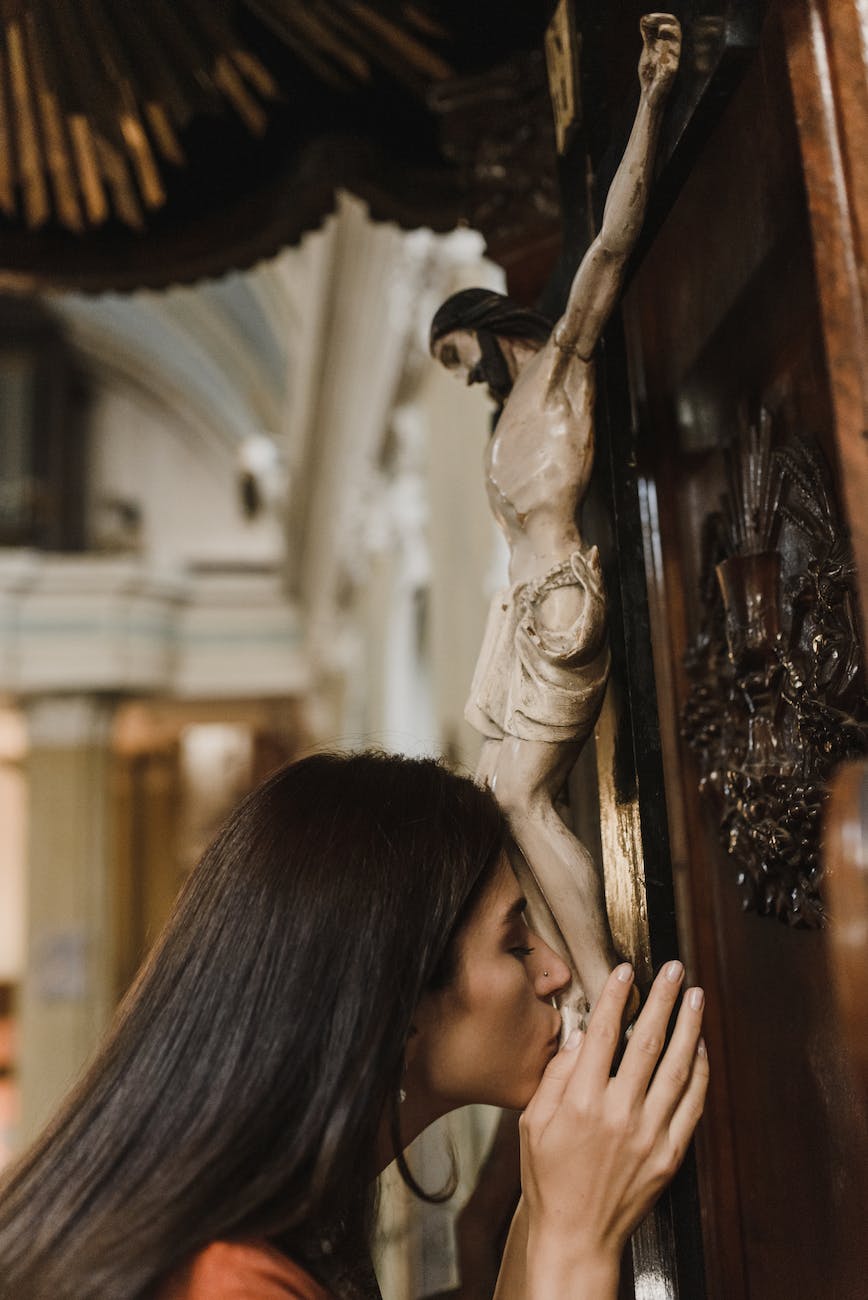
Inventing Cults & Religions
In my view, all religions are inventions by humankind. Yes, I too have spent a good few years studying ancient history in the halls of learning. The evidence does not stack up for any of the great religions. Judaism, Christianity, and Islam all share a lot of similarities in content, creative licence, and the absence of historicity. These cults are made up. Moses was an invention and this is something agreed upon in consensus by a wide range of ancient historians. Cults and religions all borrow from earlier traditions to try and bolster their own credibility. The Torah becomes the Old Testament. Jesus and the Angel Gabriel make appearances in The Koran. They are very creative things. Mostly they are expressions of culture and custom, with a religious text underpinning them. Similarly, Hinduism and Buddhism are rich expressions of eastern human culture. Wonderful imaginations have been let loose in the creation of these intricate and complex visions. There are literally hundreds of manifestations of divinity and religious imaginings. However, in all my years on Earth nobody has been able to show me any proof of the existence of the Gods at the centre of these religious texts and scriptures.
Talk of having to have faith and lots of assumptions are delivered but little else. I always remember that story about the Emperor’s new clothes.
The Christian Cult
This son of God thing is, also, a later invention in the creation of the Christian cult. A lot of in-fighting between proponents went on for hundreds of years, as the cult grew in popularity. The Roman Emperor Constantine picked up this mystery cult in the 4C and made it the state religion. Ancient historians have been scratching their heads over this ever since. We know that the Christ cult was covertly popular with some Roman legionaries in the first and second centuries CE. There is dated archaeological evidence in the form of symbols carved into fort walls in a variety of Roman territories. Christianity appealed to soldiers, women, slaves and freed slaves. All of these groups could be defined as demographics not well served by the long standing established religious traditions in Roman society.
New religions provide opportunities to change the power dynamics and status quo within societies. Religions are complex things with lots of strands affecting many levels.
Our Love Of Miracles & Magic
Stories about someone going about performing miracles are sure to catch the attention of people. Human beings like to believe in magic. Even today in our scientific era many of us read fantasy novels and hope in our hearts there might be a touch of truth in them. Religions run schools all around the globe and they still teach outlandish accounts of their mysteries to the children that attend these schools. Obviously their parents are complicit in this to some degree. The boring reality is that the vast majority of us have never witnessed a miracle and never will. Still, we as a society tolerate the imaginings inherent in religious traditions. It is only when madness overtakes some religious extremists that we draw the line and have to put these folks down. Religious belief was embraced by ancient soldiers in particular, as they faced death on a daily basis in many instances. Armies were always looking for an edge in battle and belief in some divine help never went astray. Spiritual belief can galvanise human beings to perform great feats. This is not evidence of divine power; however, it is merely evidence of our own awesomeness when called upon. We would all do well to remember this and truly take responsibility for our own lives.
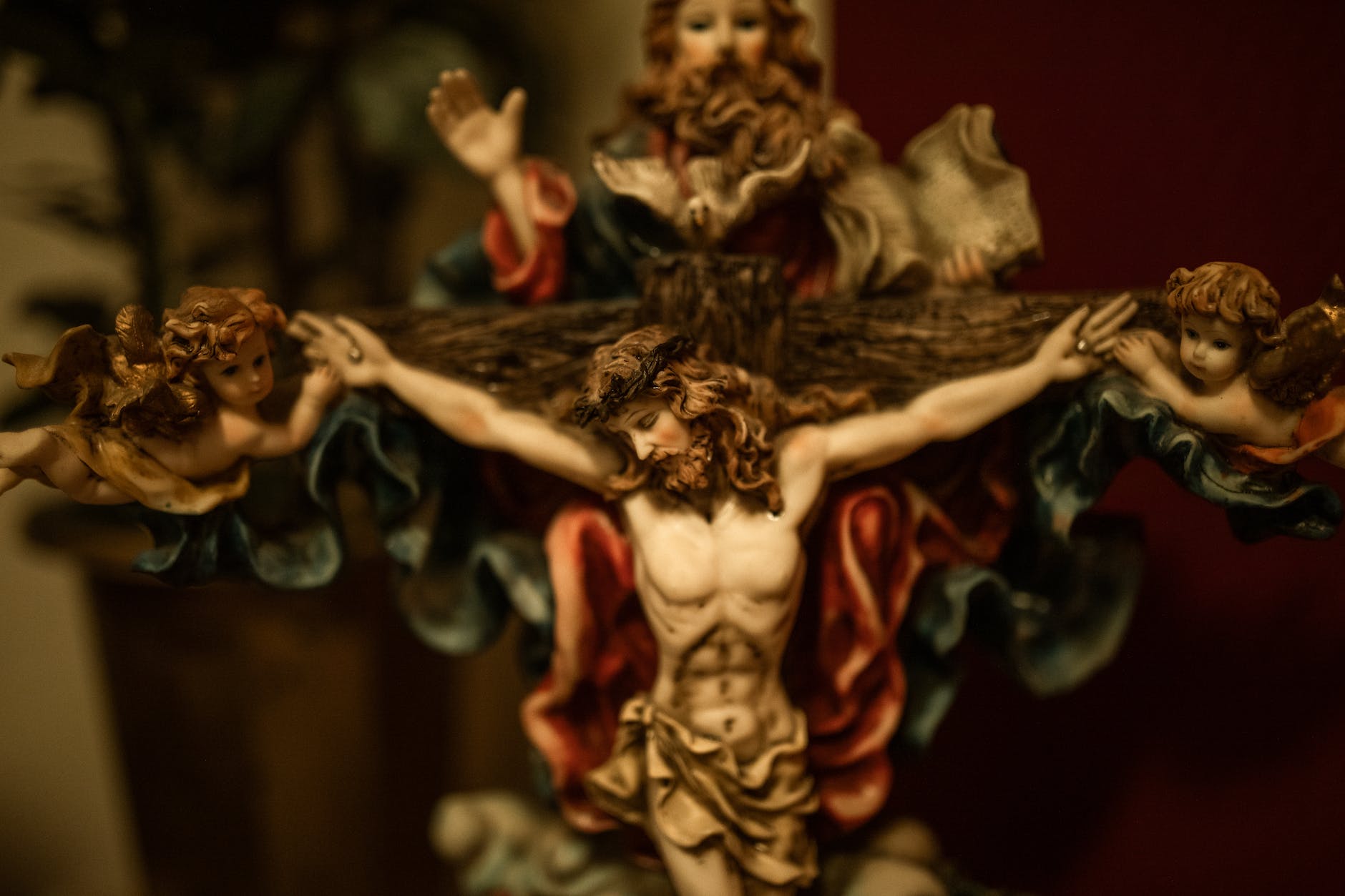
Claiming A Divine Right
Projecting our power and feelings upon angels, gods, and demons is something which is done too often. Religions can take advantage of this predilection and exploit it for their own purposes. On the other hand, claiming representation of a divine power is what certain human beings have done all through history. Kings, queens, and aristocratic families have claimed divine ancestry since the earliest of times. The divine right of kings has manifested in every civilisation and every culture since time immemorial. New cults and religions have popped up on the back of these claims with astonishing regularity and frequency. Indeed, Constantine, it is claimed by Christian apologists, saw the light when it came to the true power of the Christ prior to defeating his rivals in battle for the rulership of the Roman Empire. It is a good story and one told all too frequently in the ancient world.
The Christian Power Structure Of Yesteryear
Religion is really about power. My God is bigger than your God. Yahweh is better than Baal, according to certain Jewish prophets. Even today, most wars and conflicts described as religious wars are actually about a fight for power. They may be cloaked in religious garb but underneath this is a smokescreen for the grab for power. The Israel Palestine conflict is not really about religion or God it is about who controls the land and resources. The Christian religion itself, back in the Middle Ages, was a power hierarchy of Pope, Archbishops, Bishops etc. It became a port of call for the second sons of the aristocracy. It was the supreme Western European power structure shadowing the Principalities and Kingdoms throughout the Holy Roman Empire. God was the ultimate authority closely followed by Pope, then King or Duke. Leaders were reinforced by both armies and a holy authority. The sword and the cross were brandished in equal measure across the land. Communities were structured around their church or parish in many instances. It was socially expected for all parishioners to attend services, where they were lectured to and admonished for sinful failings. Belief in God was not optional. Subjects were controlled via these power structures.
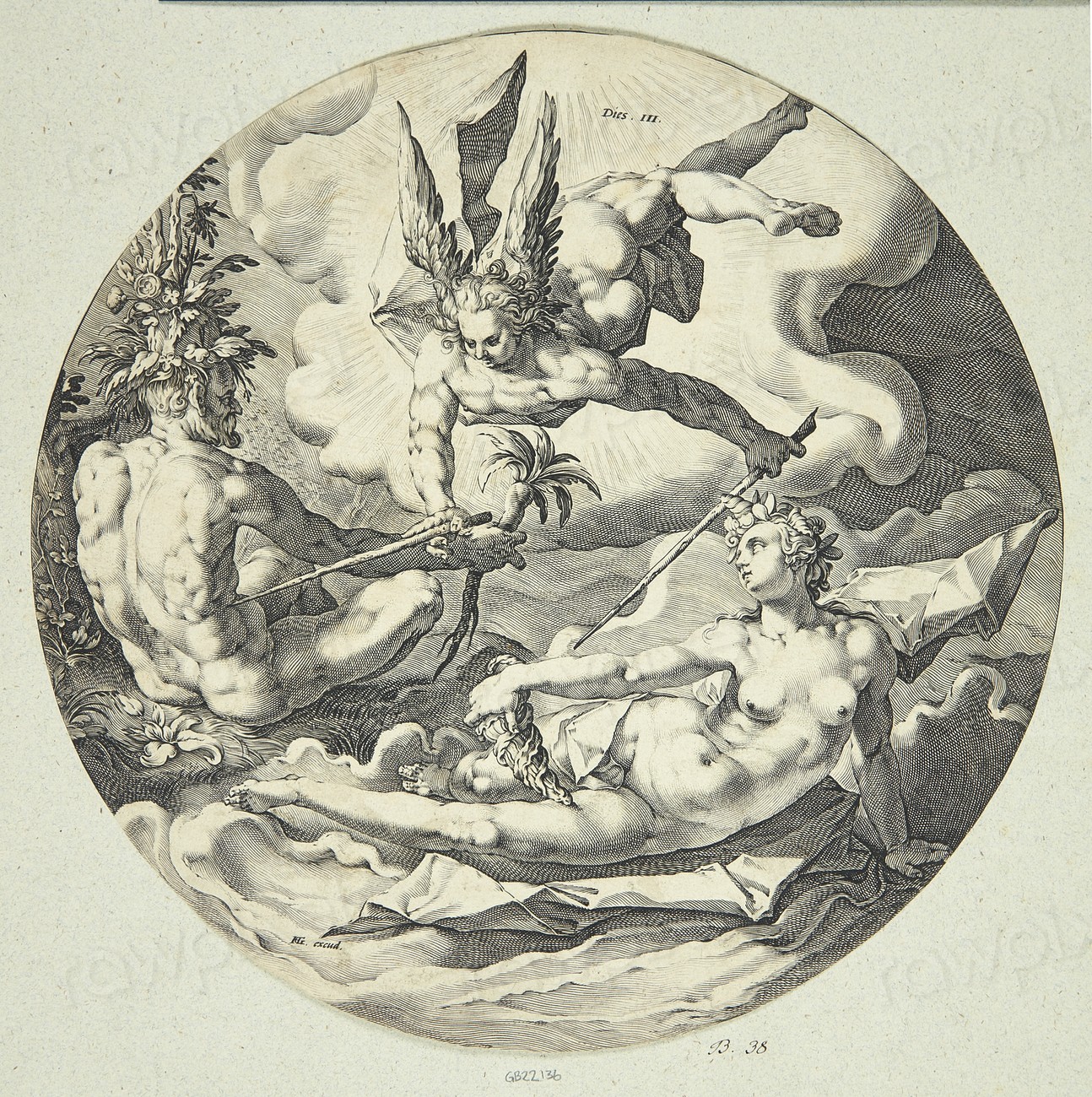
Christian Faith & Religious Schools
Today, the Church has moved into the backroom for many denizens of Western cities and communities. Regional areas are more likely to have Christian churches still playing a more prominent part in the social fabric of towns. The scientific era, in which we now live, has been accompanied by a move away from belief and faith for many. Technological marvels have ushered in a more materialistic age, where smart phones and computers have replaced wishes for miracles and revelation. Christianity is still there at Christmas and Easter, but has waned in terms of Sunday service attendance. Religious schools maintain the faith and their proliferation has degraded state schools on a number of levels. It seems, a solid section of the population are not ready to discard their Christian beliefs entirely. Religious organisations are well aware that they can maintain their influence if they can continue to inculcate children via their schools. Give me a child until the age of seven….
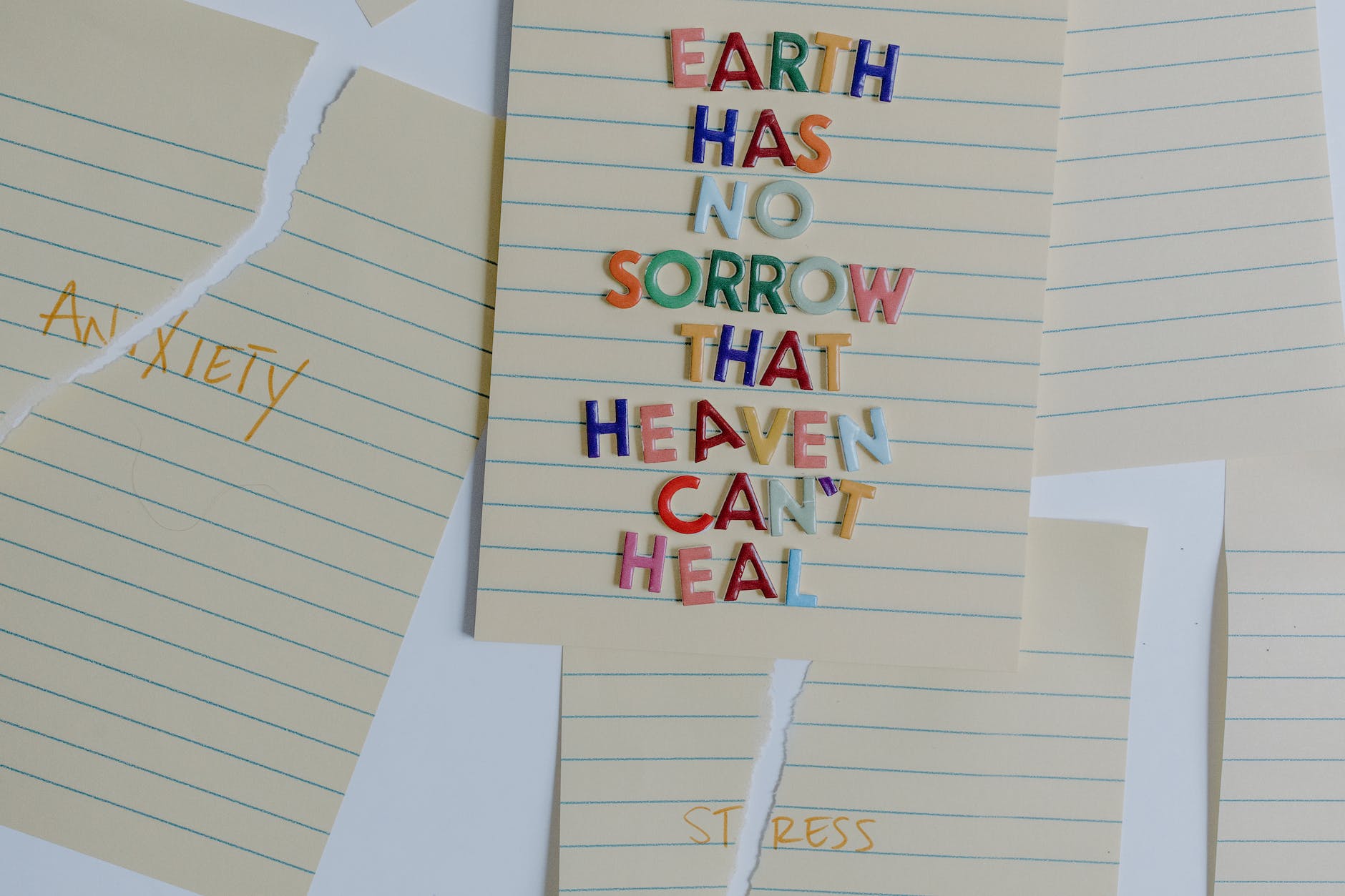
Christianity & Slavery
Many people still believe that morality is tied up with the belief in God. This is despite the mountain of evidence showing the Church protecting paedophile priests, its involvement in the stolen generation of forcibly taking Indigenous children from their parents to train them to be indentured servants to whites, and the Doctrine of Discovery in 1493. This Papal decree gave the green light to expeditionary forces and settlers in the new world to kill, steal from, and enslave millions of First Nations people because they were not Christians. This resulted in the genocide of billions via guns, disease, and enslavement. The entire Indian population of The Caribbean was wiped out and then replaced with African slaves to continue working the land and mines for their European enslavers. Church missionaries had their own Indian slaves in the Americas working on their missions. The Indian slave trade was huge and it financed the expeditions of Christopher Columbus – who, of course, is designated as the discoverer of America. The Spanish preferred to deal in enslaved native Indian women and children, for their dual sexual and breeding capabilities. Native Indians and Africans had been enslaving and trading their own people for millennia. However, when Christian European slavers got involved the whole thing went to an industrial level in scale ands scope. The apparently morally superior white Christians engaged in this barbaric practice for centuries. It was not until the latter stages of the 19C and into the 20C that slavery having been outlawed began to wane in practice. The Spanish Queen Isabella and King Carlos did outlaw the enslavement of Indians in the Americas much earlier but this was largely ignored by colonial forces in Central and South America.
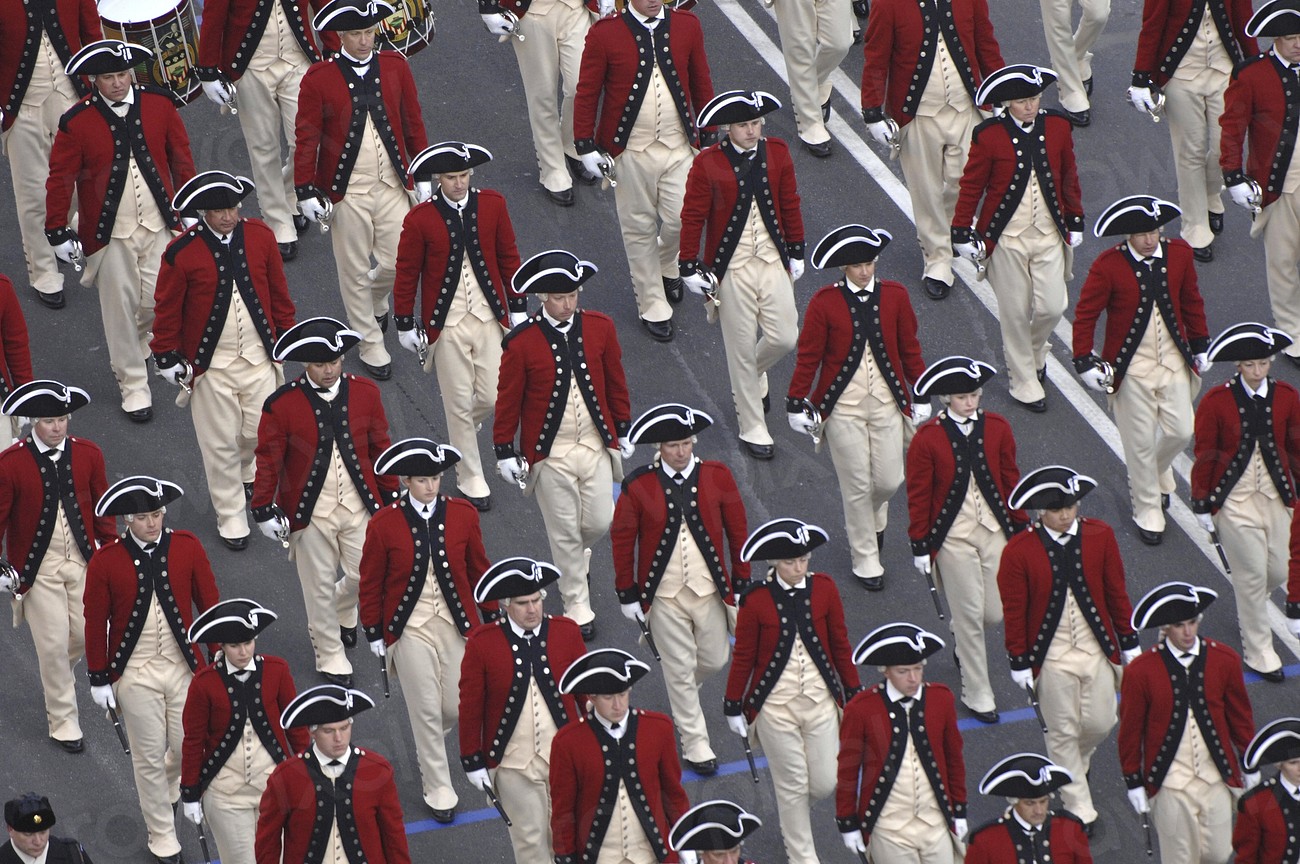
Killing, Stealing, & Enslaving With God’s Blessing
Colonial forces were holding up crosses in one hand and savagely killing non-Christians with the other. The Pope had decreed this was right and just, according to God. The ultimate authority on Earth had blessed this.
“The 1493 Papal decree aimed to justify Christian European explorers’ claims on land and waterways they allegedly discovered, and promote Christian domination and superiority, and has been applied in Africa, Asia, Australia, New Zealand, and the Americas. If an explorer proclaims to have discovered the land in the name of a Christian European monarch, plants a flag in its soil, and reports his “discovery” to the European rulers and returns to occupy it, the land is now his, even if someone else was there first. Should the original occupants insist on claiming that the land is theirs, the “discoverer” can label the occupants’ way of being on the land inadequate according to European standards. This ideology supported the dehumanization of those living on the land and their dispossession, murder, and forced assimilation. The Doctrine fueled white supremacy insofar as white European settlers claimed they were instruments of divine design and possessed cultural superiority. “
“The Papal Bulls asserted that any land that was not inhabited by Christians was available to be “discovered”, claimed, and exploited. If the “pagan” or “saracen” inhabitants could be converted, they might be spared. If not, they could be enslaved or killed. The legacy and horror of these Papal Bulls is still impacting Indigenous nations and peoples today. “
Finally Repudiated 500 Years Late
“Nearly 500 years after papal decrees were used to rationalize Europe’s colonial conquests, the Vatican repudiated those decrees on Thursday, saying the “Doctrine of Discovery” that was used to justify snuffing out Indigenous people’s culture and livelihoods is not part of the Catholic faith.
The doctrine was invoked as a legal and religious standing by Europeans who “discovered” new lands and violently seized it from people who had been living there for generations. It has been cited in different arenas for centuries, including by the U.S. Supreme Court — as early as 1823 and as recently as 2005.”
The indulgence of white Christians going around imagining the death of Jesus by crucifixion, when genocide in the billions has happened in the Christian name is staggering. The insular behaviour of these people is extraordinary. The Christian focus on the imagined pain of one individual two millennia ago is so misguided. The fact that it is likely an invention and was not central to the creation of the cult in the first place makes it all the more absurd. Lies and mistruths abound, as they do in all religions. Miracles don’t happen. Magic is not real. Perhaps, it is time for humanity to grow up and stop believing in fairy tales. Paradise and heaven do not exist. Neither does hell or purgatory. These are all inventions and made up by the imagining’s of other human beings. Movies are not real, nor are religious paintings in terms of what they depict – they are creative expressions. Christianity survives in the modern era in the comfort zone. It is for many believers a psychological construct of the loving God, a benevolent father figure of the supernatural kind. This intimate personal God is akin to an imaginary friend.

Organised religions have struggled with their outdated social belief systems, which no longer reflect Western mores and UN defined human rights. There are hardline proponents who believe in narrow and literal interpretations of the bible, when it comes to the limited rights of women and the non-rights of LGBTQI+ folk. The Enlightenment did not reach these Christian groups and individuals it seems. However, these religious folk want to maintain their right to discriminate against those they see as morally unfit according to their interpretations of religious texts and custom. They want to go on teaching these socially inappropriate lores in the 21C in their schools and churches. This is one of the fractious rubbing points where religious beliefs are not merely harmless anachronisms. Holding modern humanity to Bronze Age standards and customs around things like personal freedoms is not going to work. Religious tolerance can only extend so far in real terms within a pluralistic society. These churches and organisations exist within states and nations; therefore, they must abide by the laws of the land.
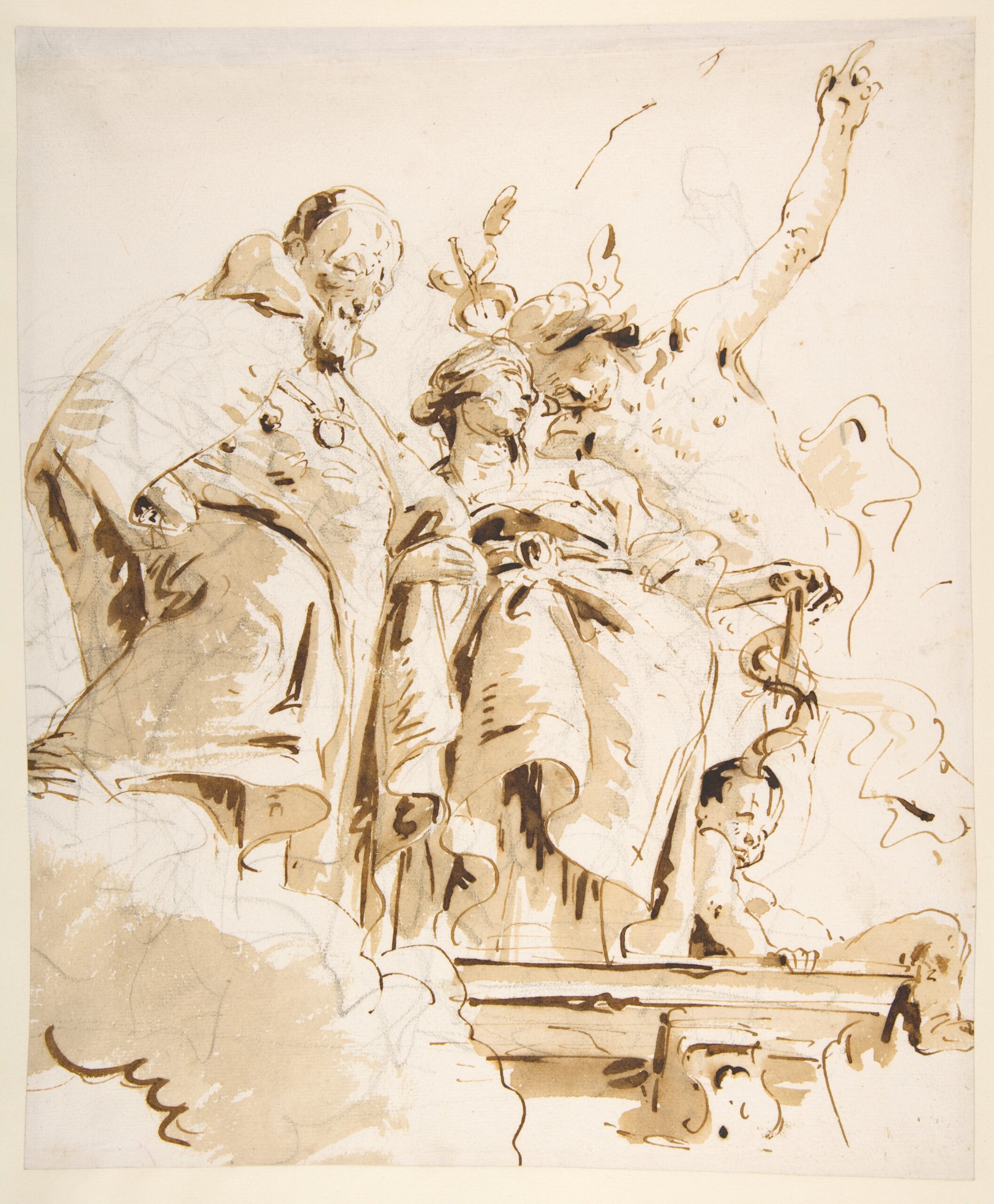
Pope Sacks Texan Bishop
Pope Francis was forced to sack a Bishop in Texas recently because this chap was so socially conservative he preached taking us all back to the Dark Ages. The Texan Bishop was an outspoken Trump supporter. Yes, the Dark Ages were called thus due to extreme theocratic control of information. The wonderful knowledge discovered in the Classical Era of Ancient Greece and Rome was locked up in monasteries and burnt en masse everywhere else. Christians did not want any conflicting data to be freely available to the populace. The Church controlled its subjects by this heavy handed approach – it was no benign force for good, as many would have you believe. Yes, the poor were often fed by charitable means. However, all this charity came with a price. No alternative way of looking at life or understanding things was allowed. Christian charity is almost always accompanied by proselytizing.
During the Renaissance, when some of the ancient wisdom was accessed by certain new thinkers and pioneering alchemists the Church bitterly fought this loss of control.
“In February-March 1616, the Catholic Church issued a prohibition against the Copernican theory of the earth’s motion. This led later (1633) to the Inquisition trial and condemnation of Galileo Galilei (1564-1642) as a suspected heretic, which generated a controversy that continues to our day.”
Galileo was not alone in being persecuted by the Church. Andreas Vesalius was an anatomist (1514-1564) at a time when cutting open bodies was not favoured by the Church. He was brought before the Spanish Inquisition and charged with murdering a nobleman he had operated upon. Michael Servetus another Spanish physician was accused of heresy in the 16C. Pioneering medical scientists throughout Europe were persecuted and threatened for their work in challenging the accepted status quo defined by the Church. One of the problems when you found authoritarian theocracies on made up stuff like the scriptures of the Christian Church it must invariably clash with the scientific exploration for actual knowledge. Believing in fairy tales condemns civilisations and cultures to backwardness. Islam has suffered the same fate in recent centuries, whereas during the Middle Ages it was the scene for a great deal of progressive scientific exploration by mathematicians and early scientists. A belief in God was never enough for these religions, they had to define their God’s position on sex, food, drink, and everything else. Therefore, scribes and their leaders had to make up more stuff to regulate how you and I would live our lives in minute detail. Religion is fundamentally cultural and about the acceptable customs of the tribe.
Patriarchal societies from the Bronze Age defining what is socially acceptable to their male leaders of family groups. This is the crux and backbone of religion. The family unit is still the bedrock of Christianity. Whereas The Enlightenment and its Libertarian message was about the individual and the rights of that individual.

The West has embraced individuality as its credo for the last few centuries. The East, in contrast, has maintained the importance of the family unit and community. We all learned about the importance of community and family during the global pandemic. Indeed, Libertarianism cost lots of lives in the US during the Trump presidency. The materialism and technological advancement of the Scientific Age is predominantly a Western thing. Europeans invaded and conquered what has been called the new world. The Doctrine of Discovery rubber stamped their ferocious exploitation of the original Indigenous inhabitants. Enslaving these people and stealing their land and resources funded the industrial revolution. The tighter self-focus seems to have delivered greater scientific progress. The diminishing intrusiveness of the Christian Church has, also, been instrumental in freeing up the minds of the inquisitive. The pay off has been technological achievements hardly dreamed of. Still, some folk bemoan a lack of soul or spirituality within the Western world today. Praying to your iPhone has not caught on as of yet.

Youth can be characterised by a powerful embrace of individuality. It is the time to go out and try to change the world. Put your stamp on it. The West idolises youth and everything culturally there is all about staying young. Human beauty in the West is anchored in youthfulness. Women spend their lives attempting to maintain the appearance of that optimal physical ideal. And so do men these days. Androgenous beauty has its fans too. The East seems far less obsessed with individual concerns. It feels older and, perhaps, wiser on this score. The rise of China has put this decidedly different culture on our radar of late. Westerners are suspicious of Chinese power. The economic rise of China has been seen as a threat to the established world order. Libertarians warn of Chinese totalitarianism and point to human right’s violations by the Chinese state.
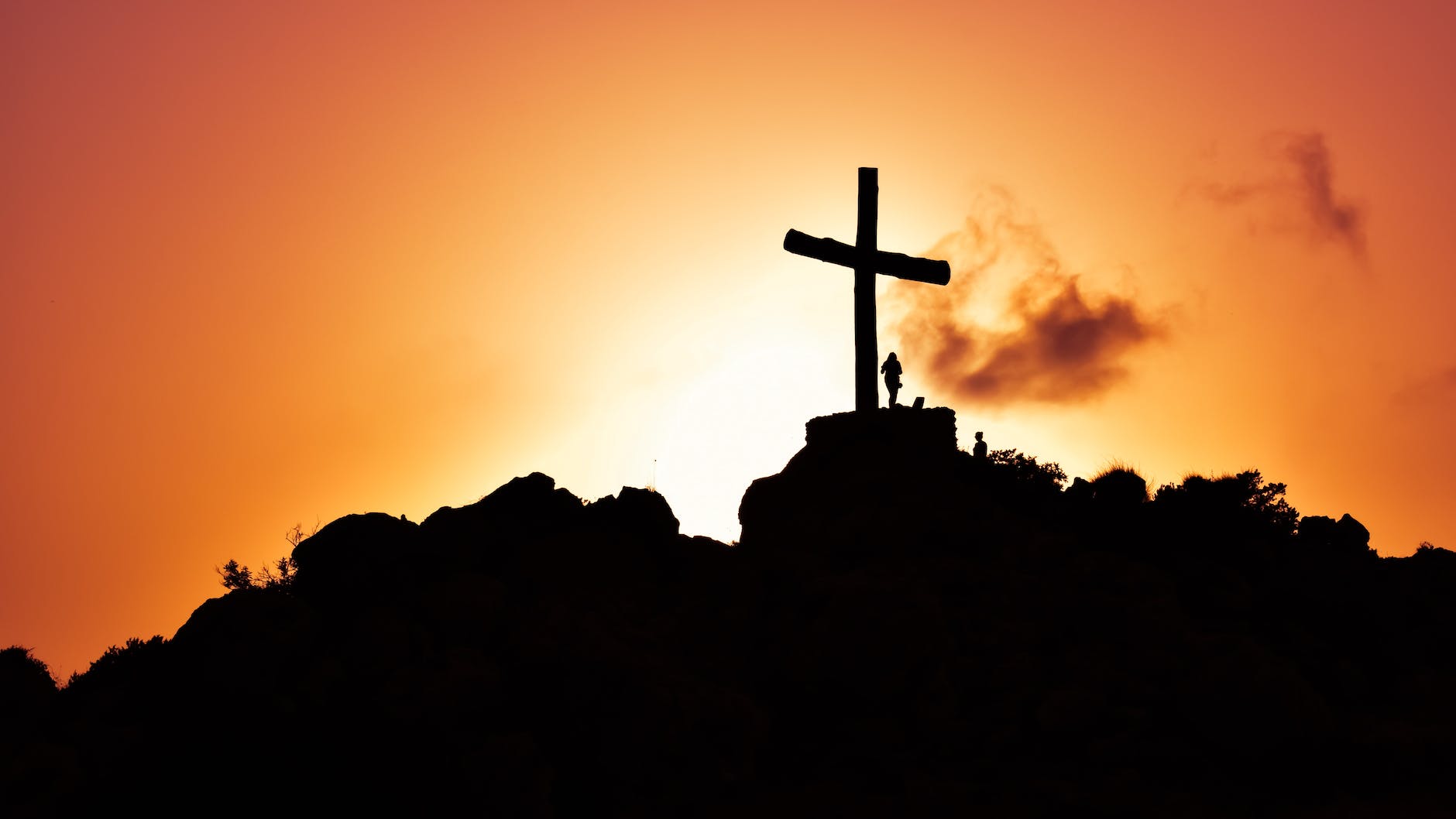
Christianity is much bigger in population terms in places like Africa and South America. In these realms, which are far less developed in economic terms, belief and its intangibles do not have to compete so much with gross materialism. The story of Jesus resonates more with those coming from poorer and more challenging circumstances. Religious narratives are very much about the exiled, the downtrodden, and why they are special and why they will ultimately prevail in the kingdom of heaven or paradise. This message is a tougher sell to rich kids in North America or Australia. The Christian focus on a crucified Jesus is about pain and sacrifice and the promise of redemption. Christ the redeemer. A deliverer from sin. Sin in Spanish means ‘without’. Without God, I suppose. Nietzsche told us that God was dead. In this Scientific Age, in the wealthy West, we are stocked up with technological marvels, but we are told by the Church that we are living in sin – without God. God is an invention by us, of course, well, the God described in the bible is definitely an invention.
We have spent millennia putting words into the mouth of God, of angels and demons too. Revelation is this process, where imagination gets upgraded to direct communication from divine sources. Today we call this mental illness. Let us stop pretending and, just, take responsibility. No more pretence to divinity. No more dressing up in robes. No more looking up, when we should be looking within.
Robert Sudha Hamilton is the author of Money Matters: Navigating Credit, Debt, and Financial Freedom.
©MidasWord















